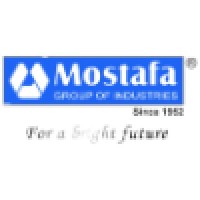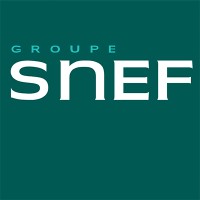
Mostafa Group of Industries
Today, MGI’s business diversification in the sectors like Edible Oil Products, Coconut Oil, Tank Terminal, Paper Products, Shrimp, Hatchery, Tea, Salt, Tea Garden, Rubber Plantation, Agro Products, Real Estate, Passenger Transportation, Shipping, Flat Steel, Ship Breaking, Long Steel, Artificial Leather, Rexine, Textile, RMG, Commercial Trading, Import and Export as well as Strategic investments in Banking, Insurance and Securities. The Group is also well renowned for his Corporate Social Responsibility in Education, Health and Socio Cultural Sectors.






